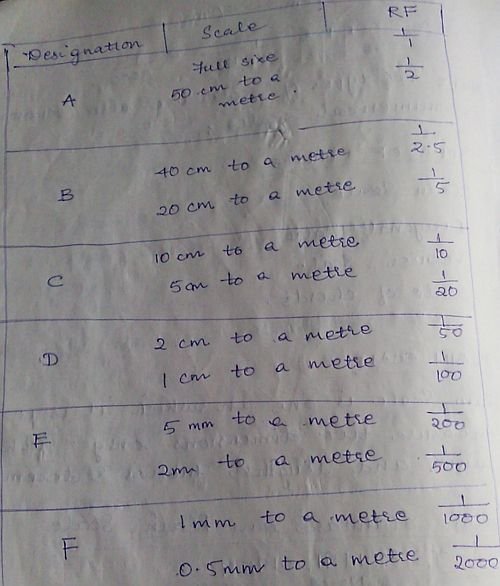Methods of Levelling | Guide to Surveying and Levelling
In this article, we will discuss two important methods of Levelling. We will also study these Methods with the help of Numerical Examples in our successive articles.
There are two Methods of Levelling:
- Height of Collimation Method
- Rise and Fall Method
Height of Collimation Method
This method is simple and easy.
Reduction of levels is easy.
Visualization is not necessary regarding the nature of the ground.
There is no check for intermediate sight readings;
This method is generally used where more number of readings can be taken with less number of change points for constructional work and profile levellings.



